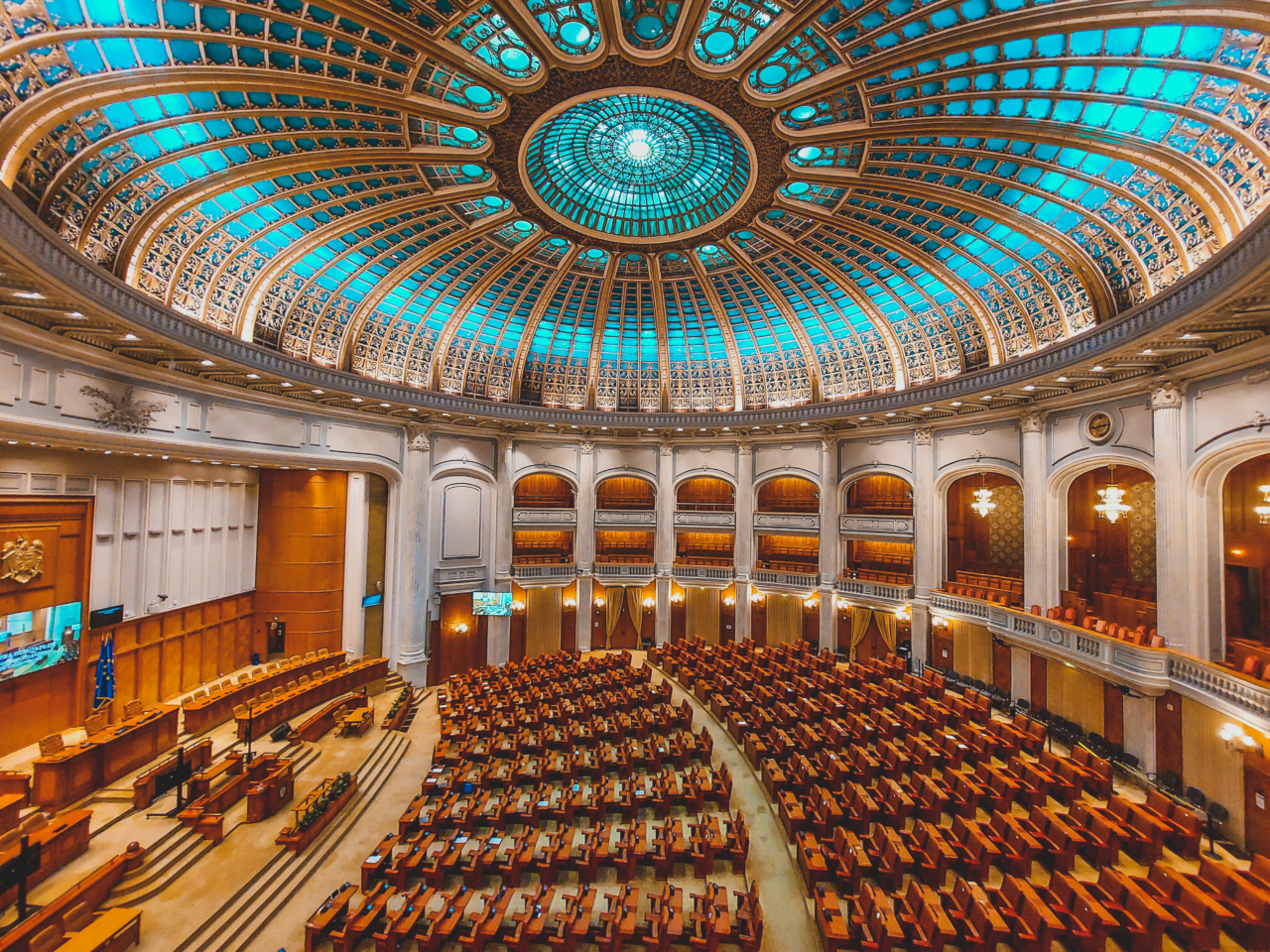One of the most controversial topics in contemporary politics is the relationship between church and state. This has been a long-standing debate that has been fueled by myths and realities about the role of religion in the state.
While some people are of the opinion that religion should have no place in the state, others believe that religious beliefs can shape public policy and national identity. In this article, we will explore the myths and realities of church and state politics.
Myth 1: The United States is a Christian Nation
One of the most common myths about church and state politics is that the United States is a Christian nation. This myth has been fueled by the religious majority in the country and the religious language used in the founding documents of the country.
However, the reality is that the United States was founded on the principles of religious freedom, which means that individuals have the right to practice any religion without interference from the state.
Myth 2: Religion has no Place in Politics
Another common myth about church and state politics is that religion has no place in politics. This myth has been propagated by those who believe that the separation of church and state should be absolute.
However, the reality is that religious beliefs can shape public policy and national identity. For example, the civil rights movement in the United States was led by religious leaders who used their faith to promote justice and equality.
Myth 3: Secularism is Anti-Religion
Secularism is often seen as the opposite of religion and is sometimes interpreted as being anti-religion. However, secularism is not anti-religion.
It simply means that the state should remain neutral on matters of religion and not favor one religion over another. In a secular state, individuals have the right to practice any religion or no religion and the state is not allowed to interfere with those beliefs.
Myth 4: The Separation of Church and State is Absolute
Another common myth about church and state politics is that the separation of church and state is absolute. However, the reality is that there are many areas where religion and politics intersect.
For example, public schools often face debates over the teaching of creationism versus evolution. In addition, issues like abortion and same-sex marriage are often influenced by religious beliefs.
Reality 1: Religion can Shape Public Policy
While religion should not be the sole factor in shaping public policy, it can certainly play a role. Many religious groups have been active in shaping public policy on issues like poverty, immigration, and the environment.
Religious leaders have used their moral authority to call attention to social injustices and advocate for policy changes that reflect their beliefs.
Reality 2: Separation of Church and State is Essential
While it is true that the separation of church and state is not absolute, it is still essential to maintaining a democratic society.
When religion is allowed to dominate politics, it can lead to discrimination against religious minorities and the suppression of dissenting opinions. The separation of church and state ensures that individuals are able to practice their own religion without interference from the state and that the state remains neutral on matters of religion.
Reality 3: Religious Pluralism is Necessary
Religious pluralism is the belief that multiple religions can peacefully coexist in a society. This is essential to maintaining a diverse and democratic society.
When there is only one religion that dominates the political landscape, it can lead to discrimination against minority religions and the suppression of dissenting opinions. Religious pluralism ensures that individuals have the right to practice any religion or no religion without interference from the state.
Reality 4: Religion can be a Source of Strength and Unity
While religion has been the source of conflict in many societies, it can also be a source of strength and unity.
When individuals come together around shared religious beliefs, they can form a strong and unified community that can work together to address social issues and promote common goals. Religious communities can be a source of support and encouragement for individuals and families.
Conclusion
In conclusion, the relationship between church and state is complex and multifaceted.
While there are many myths and realities about this relationship, it is essential to remember that the separation of church and state is essential to maintaining a democratic society. Religious pluralism and freedom of religion ensure that individuals have the right to practice any religion or no religion without interference from the state.
At the same time, religion can be a source of strength and unity and can shape public policy in positive ways.































